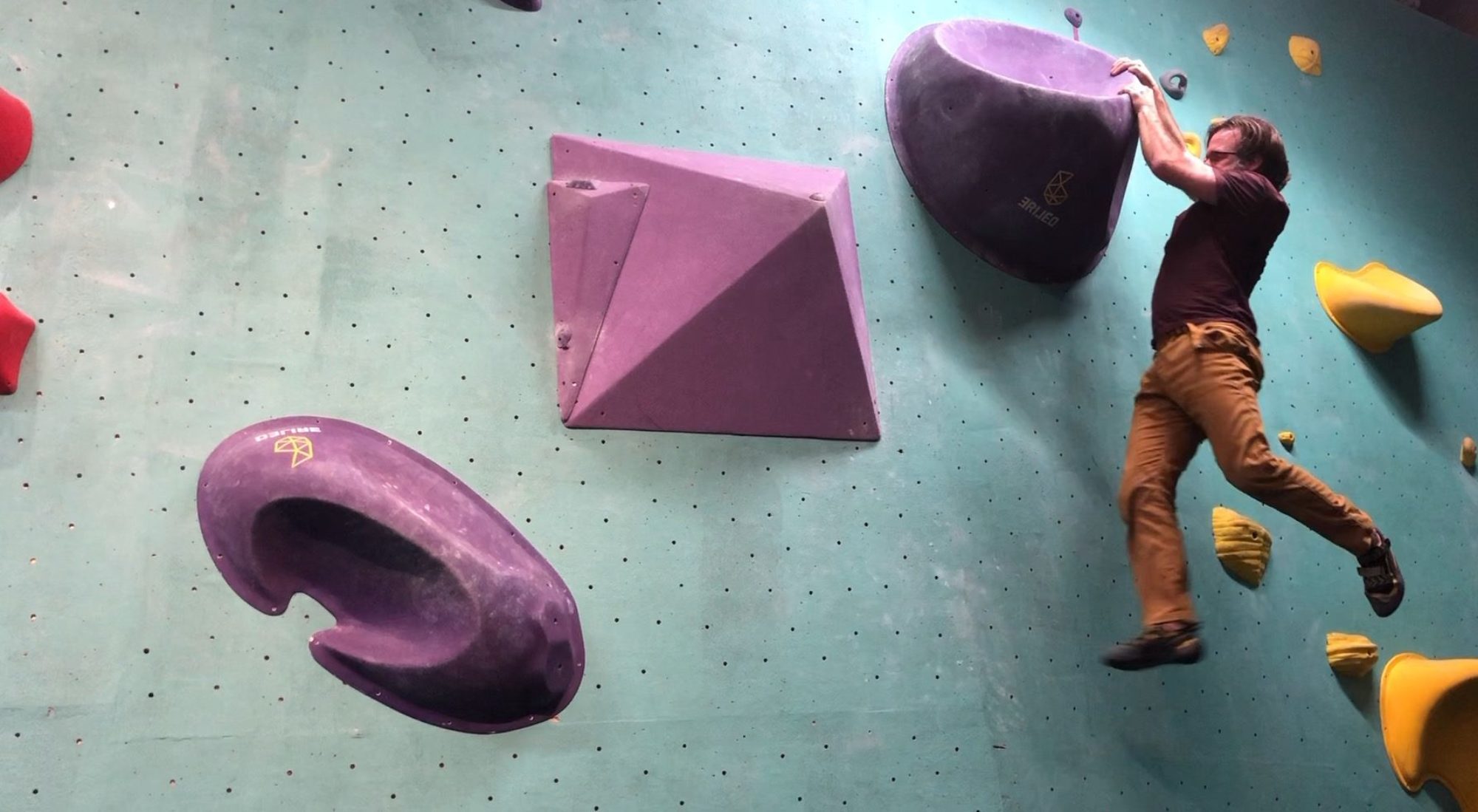• how much you move
• the way you move
• how you manage stress
Each of these things play a role in how you feel.
This is a question I attempt to answer many times each week. My most common answer is:
duration x repetition = pain
When movement hurts, it can usually be traced back either to a repetitive movement pattern or a repetitive lack of movement pattern — how much time you either repeat a single movement or maintain a specific position. Both repetitive movement and lack of movement create stresses within the fascial system.
Fascia is a three-dimensional continuous web of connective tissue that wraps around your body from the bottom of your feet to the top of your head. Fascia surrounds your muscles, tendons, ligaments, bones and organs. Fascia is the organ system that gives your body shape and plays a fundamental role in your posture.
The way you move each day determines the shape and well-being of your fascia and the structure it supports, your body. If, for instance, you sit for long hours each week (duration and repetition), the fascia in your hips, shoulders, and neck will begin to form adhesions at the folds of your fascia in these positions. These adhesions impinge upon your body’s “working parts;” bind the head, shoulders, and pelvis into a forward position; create trigger points; and restrict range of motion.
Over time and repetition, these adhesions become semi-permanent obstructions that change your body’s shape. The change in shape shifts the balance of the body, placing stress and strain throughout. This leads to the tightness, discomfort, and pain that many people feel in their back, knees, neck, or shoulders.
Given enough time and repetition, it may lead to more serious structural injuries, i.e., tears of the soft tissue in the shoulder, herniation of vertebrae, or wearing down of the cartilage in the knees and hips.
Below is a short list of tools that you can utilize to help remove adhesions, restore joint mobility, improve circulation, and reduce chronic injury and pain.
1. Deep tissue massage therapy is one of the most effective methods of breaking down painful adhesions in the body. Deep tissue therapies such as myofascial release and trigger point therapy can remove painful trigger points, restore functional range of motion, speed the healing process, and reduce chronic pain. Recommended weekly, bi-weekly, or monthly deep tissue therapy session.
2. Foam roller therapy is a fantastic tool for breaking down restrictive fascia, improving flexibility and functional range of motion, aiding the recovery and healing process, and reducing chronic pain. A foam roller is, in my opinion, the best investment for your fitness and health.
3. Corrective exercise is vital to regain and maintain full movement patterns. The body is designed to move with great ranges of motion with agility, stability, speed, and power. It is important to use your body in the way it was designed to move.
Jesse James Retherford is a certified personal trainer and licensed massage therapist. For over 12 years, Jesse has been passionate about helping his clients reach their fitness and health goals.
Jesse specializes in chronic pain and injury management, movement assessment, corrective exercise, and advanced sports conditioning.
Jesse offers personalized programs designed to improve performance and efficiency, reduce chances of injury, and allow you to move pain free so you can re-engage fully with your life.
Reposting is permitted as long as it is posted in its entirety, including links, and author’s bio.
[email_link]


One Reply to “What is causing your pain?”